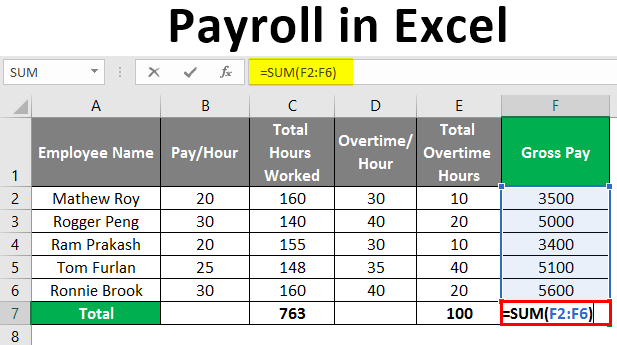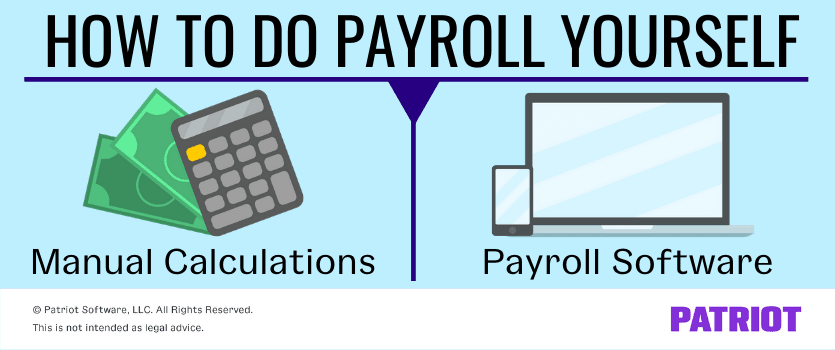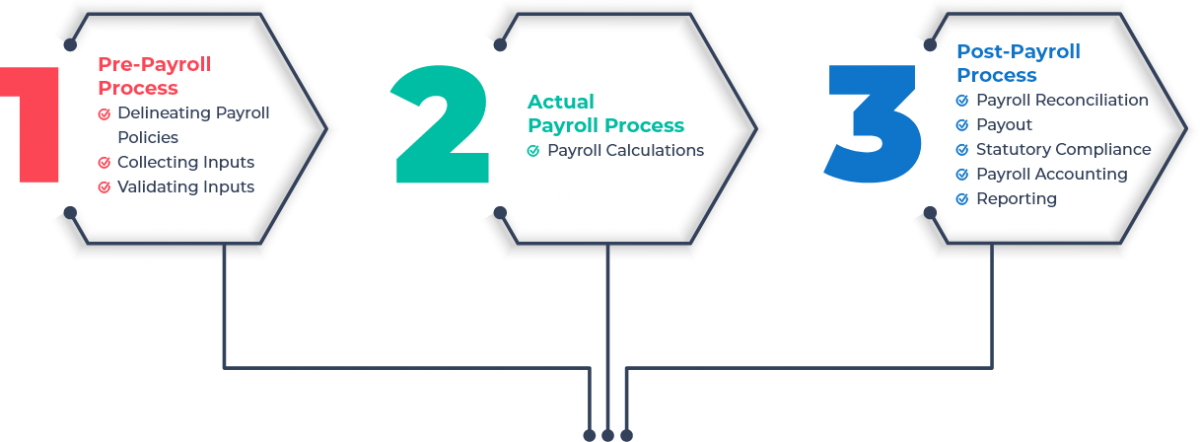How to Do Payroll: A Comprehensive Guide
Introduction
Managing payroll is a crucial task for any business, whether it’s a small startup or a large corporation. Payroll involves calculating and distributing employee salaries, handling taxes, and complying with various legal requirements. While payroll may seem daunting at first, having a clear understanding of the process and using the right tools can simplify the task significantly. In this article, we will provide a comprehensive guide on how to do payroll effectively.
1. Determine Employee Classification
Understanding Employee Types
Before diving into the payroll process, it’s essential to understand the different employee classifications. There are generally two types of employees: hourly and salaried. Hourly employees are paid based on the number of hours worked, while salaried employees receive a fixed salary regardless of the number of hours worked.
2. Gather Employee Information
Collecting Necessary Data
Once you have determined the employee classifications, the next step is to gather all the necessary information. This includes each employee’s full name, address, social security number, tax withholding information, and any other relevant details required for payroll processing. It’s crucial to ensure that the information is accurate and up to date to avoid any issues with tax filings or employee payments.
3. Determine Schedule
Choosing a Pay Period
Deciding on a payroll schedule is an important aspect of payroll management. Common pay periods include weekly, bi-weekly, semi-monthly, and monthly. Consider factors such as company cash flow, employee preferences, and legal requirements when selecting the appropriate pay period. It’s crucial to communicate the pay schedule clearly to employees to avoid any confusion or dissatisfaction.

How do you do payroll?
Calculate Gross Pay
To determine an employee’s gross pay, multiply the number of hours worked by the hourly rate for hourly employees. For salaried employees, use their fixed salary. Remember to consider overtime pay, commissions, bonuses, or any other additional earnings when calculating gross pay.
4. Deductions and Taxes
Withholding Taxes
As an employer, you are responsible for withholding taxes from employee paychecks. This includes federal income tax, state income tax (if applicable), Social Security tax, and Medicare tax. Each employee should complete Form W-4, which helps determine the appropriate withholding amount. Use the IRS withholding tables or payroll software to calculate the exact tax amounts.
Other Deductions
Aside from taxes, there may be additional deductions that need to be considered. These can include health insurance premiums, retirement contributions, and other employee benefits. Ensure you have accurate records of each employee’s deductions and make the necessary adjustments to their paychecks.
5. Net Pay and Distribution
Calculating Net Pay
After deducting taxes and other deductions from the gross pay, you will arrive at the employee’s net pay. Net pay is the amount the employee will receive in their paycheck. It’s important to double-check your calculations and ensure that the final amount is accurate.
Distributing Paychecks
Choose a method for distributing paychecks that works best for your business. This can include direct deposit, physical paychecks, or electronic pay stubs. Ensure that you provide each employee with a detailed pay stub that outlines the deductions and taxes withheld, along with any additional information they may need.
6. Payroll Compliance and Reporting
Legal Compliance
Payroll compliance is crucial to avoid penalties and legal issues. Stay updated on federal, state, and local labor laws, tax regulations, and reporting requirements. This includes properly classifying employees, keeping accurate records, and filing necessary forms and reports on time.

Recordkeeping and Reporting
Maintain meticulous records of all payroll-related information, including employee earnings, deductions, tax forms, and payroll reports. These records will be essential for audits, tax filings, and providing employees with necessary documentation. Utilize payroll software or specialized tools to streamline the recordkeeping and reporting process.
Conclusion
Managing payroll requires attention to detail, accuracy, and compliance with various legal requirements. By following the steps outlined in this guide, you can streamline the payroll process and ensure that your employees are paid accurately and on time. Remember to stay informed about changes in tax laws and labor regulations to maintain payroll compliance.

